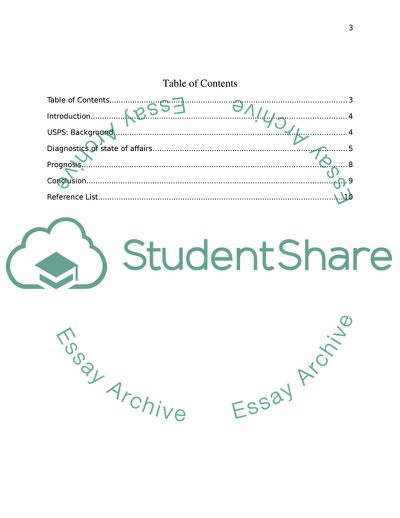Cite this document
(Article on U.S. Postal (USPS) Essay Example | Topics and Well Written Essays - 2000 words, n.d.)
Article on U.S. Postal (USPS) Essay Example | Topics and Well Written Essays - 2000 words. https://studentshare.org/business/1813373-article-on-us-postal-usps
Article on U.S. Postal (USPS) Essay Example | Topics and Well Written Essays - 2000 words. https://studentshare.org/business/1813373-article-on-us-postal-usps
(Article on U.S. Postal (USPS) Essay Example | Topics and Well Written Essays - 2000 Words)
Article on U.S. Postal (USPS) Essay Example | Topics and Well Written Essays - 2000 Words. https://studentshare.org/business/1813373-article-on-us-postal-usps.
Article on U.S. Postal (USPS) Essay Example | Topics and Well Written Essays - 2000 Words. https://studentshare.org/business/1813373-article-on-us-postal-usps.
“Article on U.S. Postal (USPS) Essay Example | Topics and Well Written Essays - 2000 Words”. https://studentshare.org/business/1813373-article-on-us-postal-usps.


